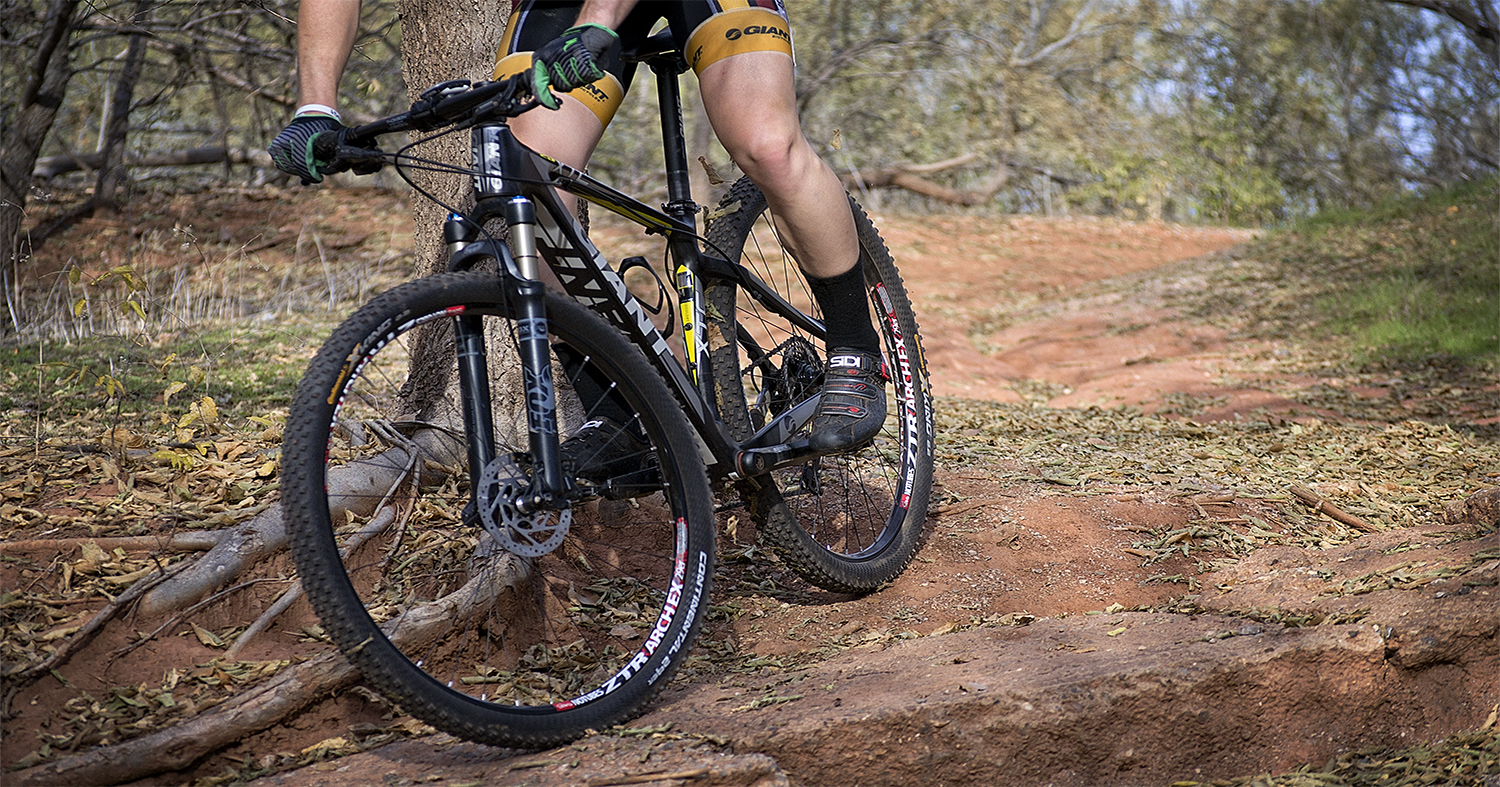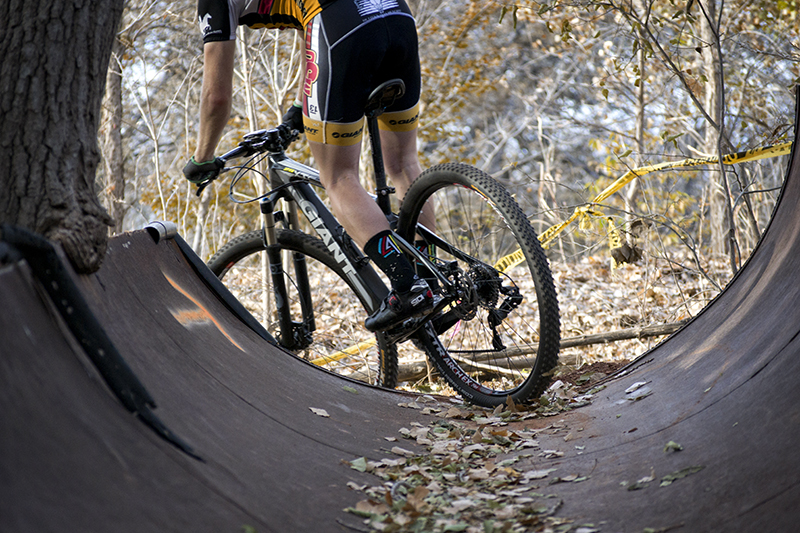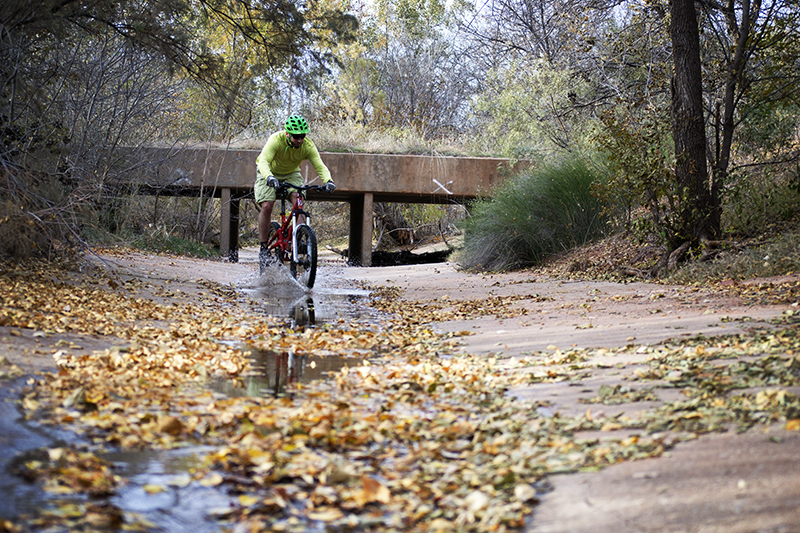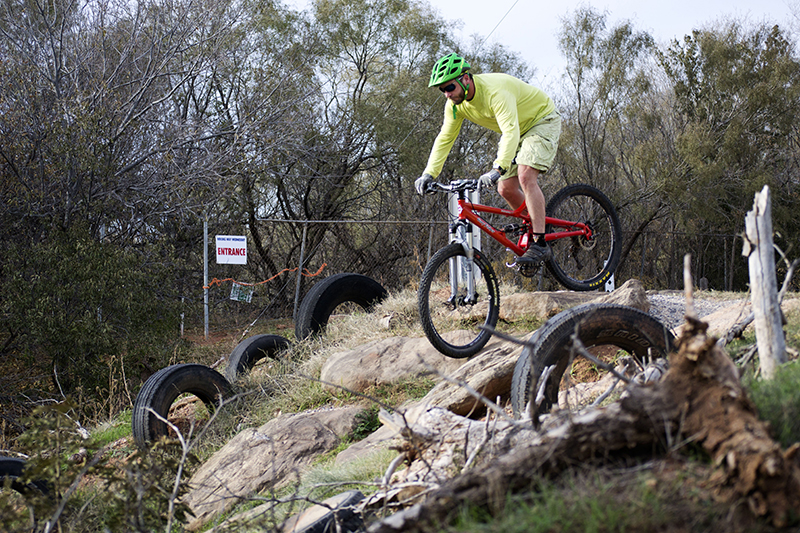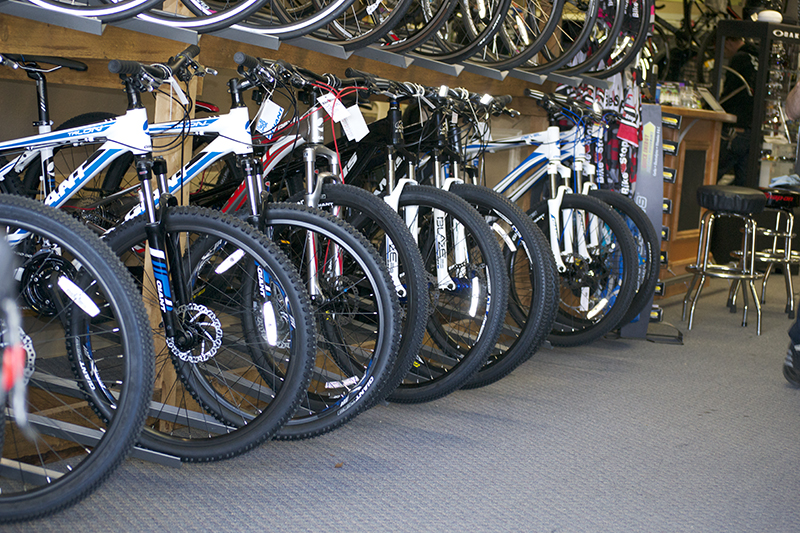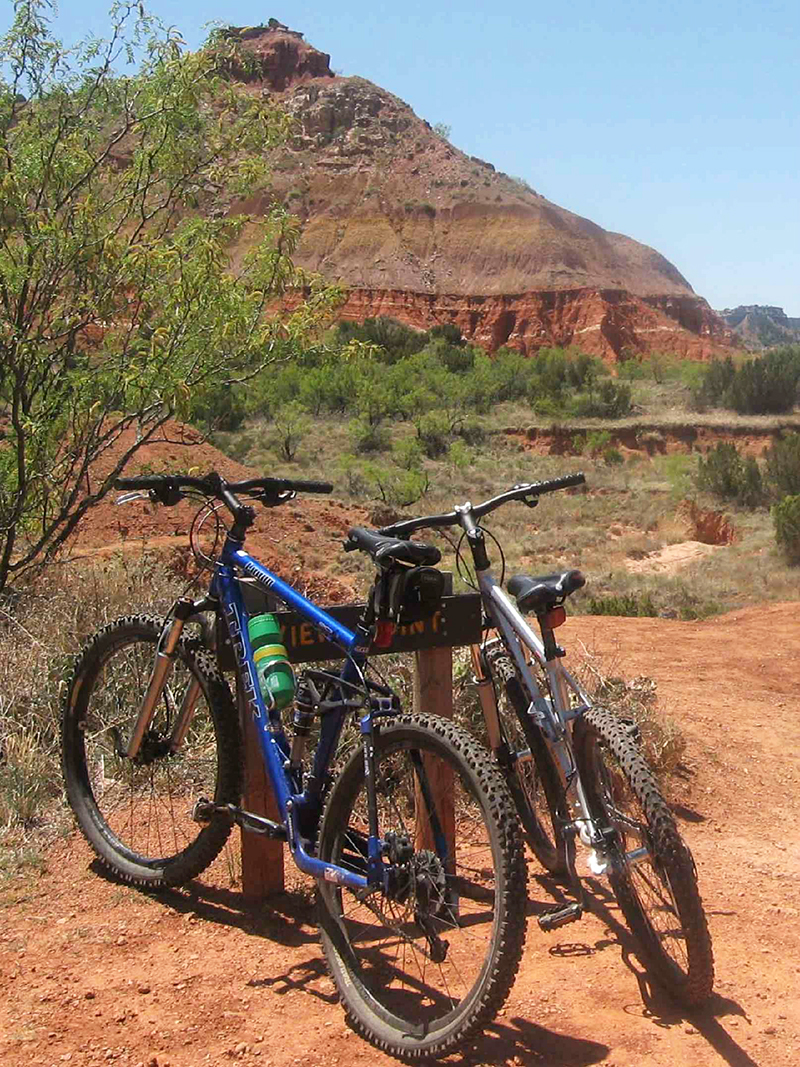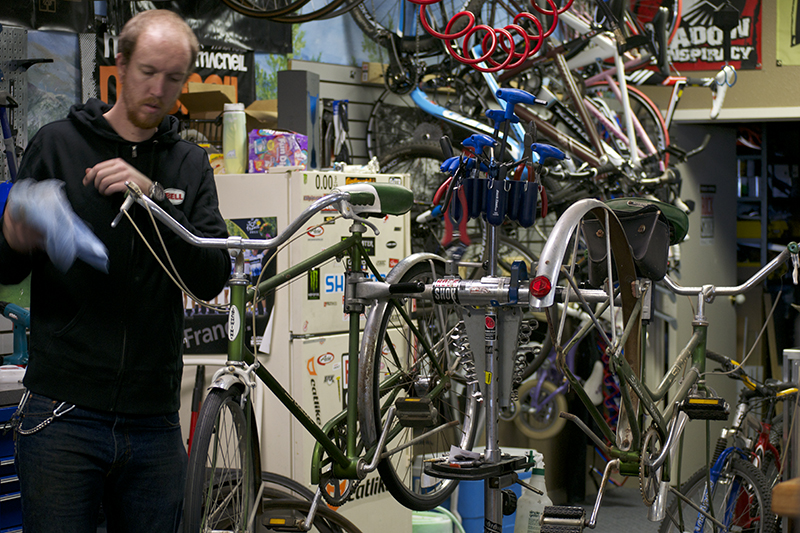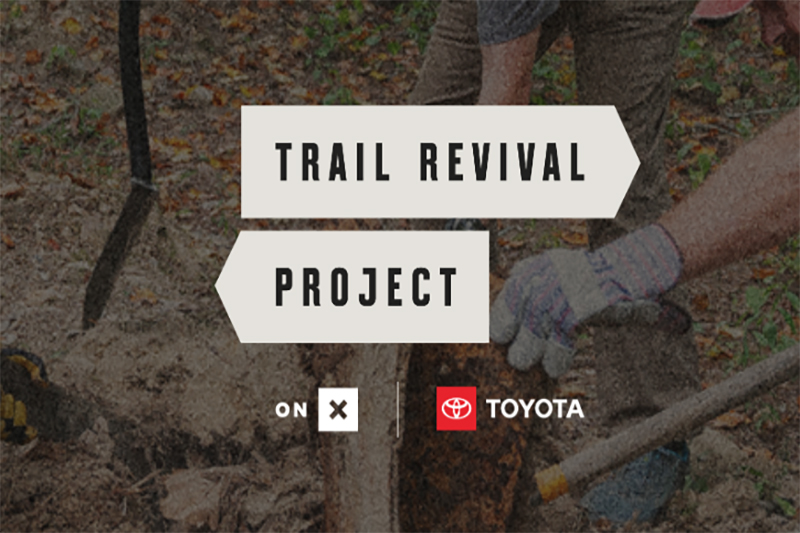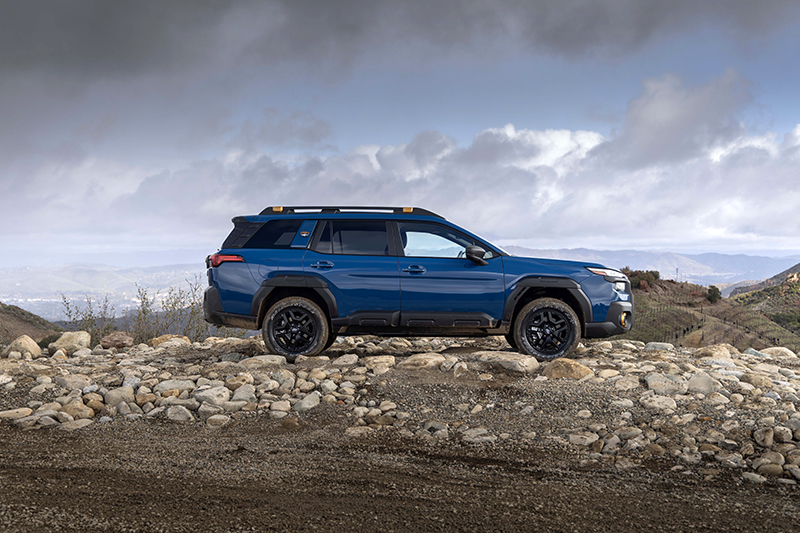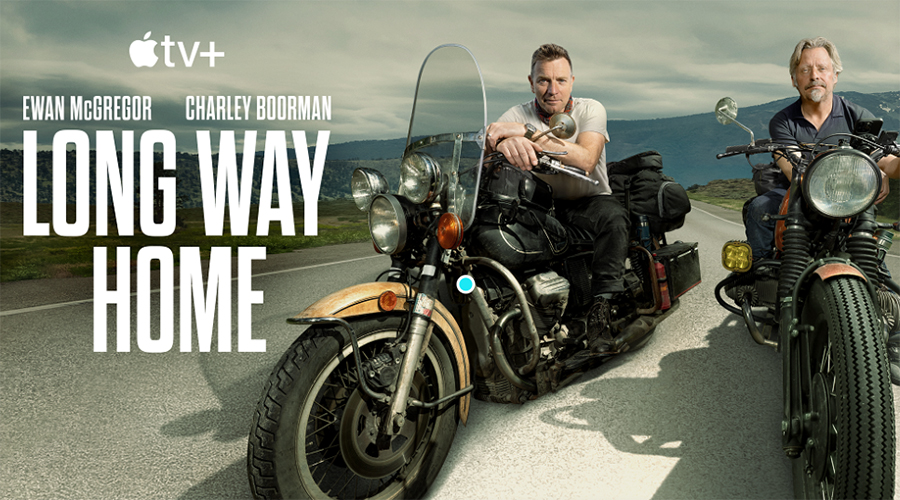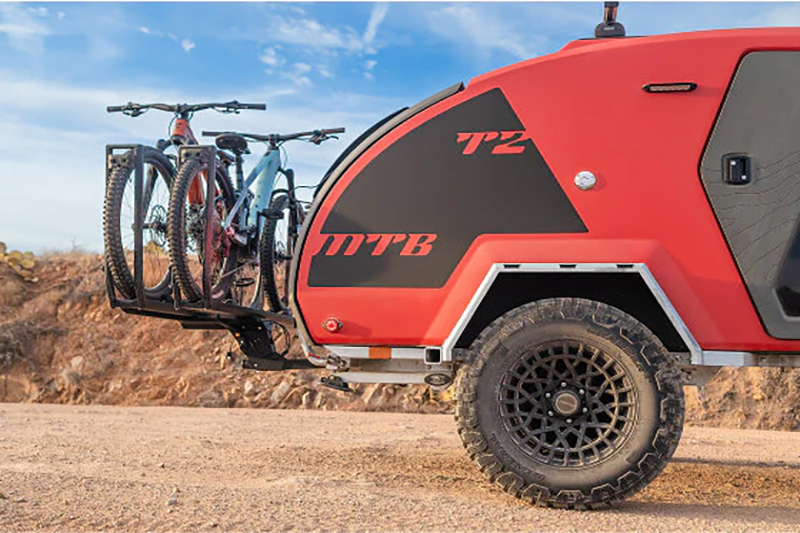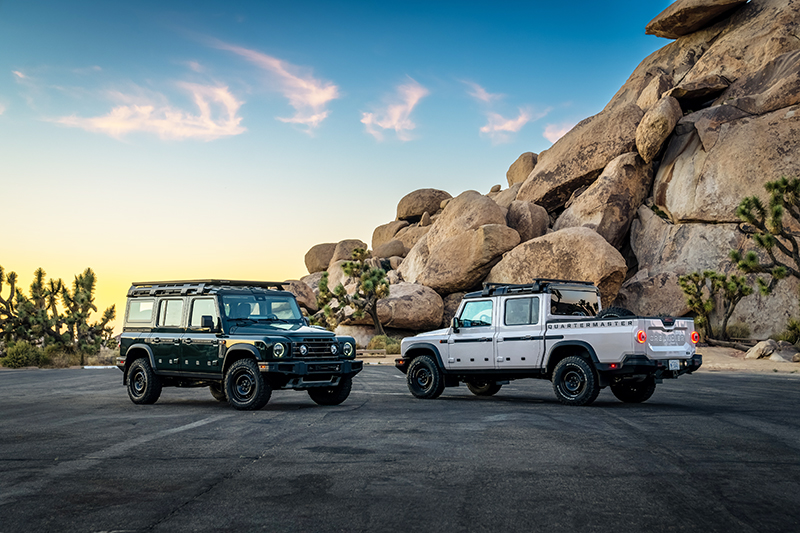Selecting the proper mountain bike
Choosing your first ‘real’ mountain bike can seem like a daunting task given the myriad of style and design choices on the market. It doesn’t take long, once you’ve established mountain biking is “in your blood,” to realize that big box store special just isn’t going to cut it on the technical trail of your dreams. One quick glance online reveals this world of off-roading – two-wheel style – comes in many different forms and price tags. So how do you figure out where best to spend your money and how to go about doing it?
Decide on what style of riding it is you will be doing
Most can agree there are three major styles of mountain bike riding and three major styles of mountain bikes to go along with them: Cross-country, All-Mountain, and Downhill
- XC – Cross-Country
- AM – All-Mountain
- Downhill
Single track refers to a trail that is about the width of your bike’s handlebars, as opposed to double track or what may be referred to as “Jeep trails.” An XC, or cross-country bike, is more suited to fast single track with little in the way of big air, huge bumps, or big drops. These bikes are designed to go fast, climb well, and are generally the lightest group of mountain bikes offering usually less than 120mm of front fork suspension travel. However, these bikes can be full suspension but more often than not the front forks have suspension only. This type of mountain bike is referred to as a “hard tail” because of the bike’s rigid frame and lack of rear suspension.
All-Mountain bikes, or AM, were designed with moderate suspension travel, slightly heavier duty frames while keeping in mind the geometry and weight savings needed for fast single track riding and climbing. In essence, this is the bike you can take anywhere on the mountain. But keep in mind that since it can do everything, it won’t be the best at anything. These are, however, all day mountain bikes great for tour-style riding. I like to refer to these bikes as the “go anywhere, do everything bike.”
Downhill bikes do one thing and do it very well. With unique geometry, they are designed for fast downhill riding offering the largest in suspension travel and built to take huge jumps and lots of abuse. If your ideal ride begins with a lift service up to the top of the trail head, this is the type of bike you want to buy.
Once you know what style of bike you need, you need to figure out your budget.
How much can you spend?
With regard to new bike prices, decent entry-level bikes are usually in the $500 – $1,000 range. Most hard tails and even 29ers will be in this category with perhaps a full suspension bike near the top of the spectrum. I usually recommend avoiding any full suspension bike in the $500 price range as they will be heavy and prone to frequent maintenance.
The $1,000-$1,750 range is really where I suggest most people start with their first bike, especially if wanting a full suspension option. This level usually represents a mix of a quality frame with decent component groups. In fact, these bikes will often share the same frame and/or geometry as their more expensive counterparts but will use lower-end component groups such as derailleur’s, brakes, and cranks. Lower, mid-level components are still great for beginners but usually weigh more and might be slightly less responsive.
Pro Tip: Keep an eye out for year-end or model close-out deals. It is easy to pick up a prior year model for a few hundred dollars less, saving the need for possible upgrades later.
The $1,750-$3,500 range will offer more high-end component choices, lighter frame materials such as carbon fiber in “race-ready” configurations. These bikes can last you for years.
For those really looking to save some coin, you can consider searching online classified ads or auction sites. Finding a well-maintained two or three-year old mountain bike offers pricing advantages of up to 50% off retail; however, it is highly recommended to test ride and thoroughly inspect any used mountain bike before purchasing it as they could have damaged components or even a cracked frame not visible in photos.
Buying time!
You know what kind of bike you need. You know how much money you have to spend on it. Now you just need to go buy it. While it may seem enticing to buy online, first timers really should purchase their bike from a reputable, local bike shop and this is why.
Local shops will be able to properly fit you to the bike you are purchasing. Many times they will offer free periodic tune-ups as long as you own the bike. They will also be the ones you deal with if a warranty situation arises such as a broken frame. Building a rapport with your LBS (local bike shop) is really beneficial in the long run as they will be your “go to” source for information and advice as you progress in your new hobby.
There really is no mystery to finding and picking out your very first mountain bike if you take into consideration these main points. Mountain biking is a fun and physically demanding hobby. It is the perfect way to explore areas your 4×4 vehicle just can’t, or isn’t allowed, to go. Keep in mind that once you start riding, you’ll be hooked and yearning for more.
Editor’s Note: This article was originally published in Issue 2 of OutdoorX4 Magazine. You can view that issue by visiting our Issues page HERE.
* OutdoorX4 Magazine – Promoting responsible 4×4 adventure travel and outdoor recreation


